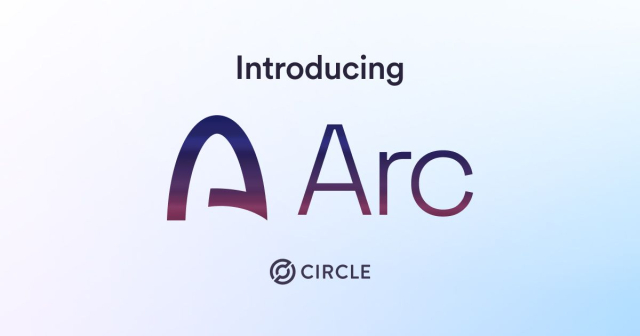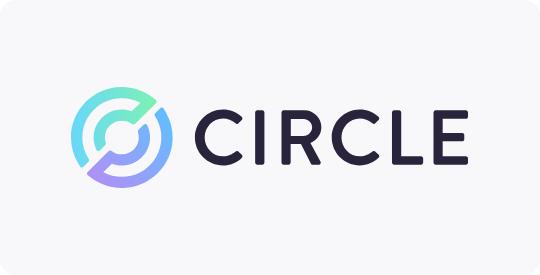
Stablecoin issuer Circle has unveiled its own Layer 1 (L1) blockchain called 'Arc', which is specialized for payments, exchange, and capital markets. The strategy is to promote on-chain entry for enterprises and financial institutions by creating an infrastructure optimized for running financial applications centered on stablecoins.
On the 12th (local time), Circle announced its plan to launch the Arc blockchain. The aim is to improve the limitations of existing public blockchains in scalability, fees, and transaction confirmation speed, and to consolidate the functions necessary for stablecoin finance in one place.
Related Articles
- Circle's Comprehensive Strategy in Korean Stablecoin Market... Also Contacts Shinhan and Kakao
- [Exclusive] Meeting Shinhan and Kakao... Expanding Collaboration
- [Exclusive] Circle and Hana Bank Join Hands... Cooperating on Won Coin Business
- Circle's Technology Synergy with Hana Bank... Aiming to Dominate Domestic Market
Arc has unified transaction fees (gas fees) to USDC to enhance user convenience. Previously, when transferring USDC issued on different blockchains like Ethereum or Solana, users had to separately hold the chain's native tokens (ETH, SOL, etc.) to pay gas fees. On Arc, this process is unnecessary, and users can transact using only USDC. As Arc transactions spread, USDC demand will naturally increase. This is similar to the approach of its competitor Tether's L1 blockchain 'Stable', which is also designed to pay gas fees in USDT.
Features targeting institutions are also notable. Arc is equipped with a built-in FX engine that automatically exchanges different stablecoins. When users input the amount they want to exchange, the system immediately calculates and presents the exchange rate, and both currencies are settled simultaneously, eliminating the risk of one-sided settlement. Transaction confirmation speed is set to less than one second. This makes it suitable for financial services requiring rapid processing, such as large-scale payments, foreign exchange transactions, and securities settlements.
Circle plans to start a private testnet within weeks. The public testnet is scheduled to be released this fall. The mainnet beta will be launched in 2026. Circle aims to accelerate the on-chain transformation of various financial services through Arc, including payments, exchanges, and tokenized assets.
The industry anticipates that Arc's launch will boost the growth of the stablecoin-specialized blockchain market. Currently, there are around 10 blockchains designed around stablecoins. Each project is targeting specific countries or customer groups or building networks for their own payment and financial platforms.
Hee-chang Kang, co-founder of Populus, noted that "as these projects form ecosystems centered on existing user bases or specific regional enterprises, the entire stablecoin utilization market is likely to expand." However, he pointed out that "it's not easy for other general L1 blockchains to directly imitate this strategy, and the key is to solidify each network's on-chain ecosystem centered on its own token."
Circle also announced its second-quarter earnings. Combined revenue from sales and reserve income increased by 53% year-on-year to $658 million. The average USDC circulation in the second quarter was $61.3 billion, a 90% increase in a year.
- Reporter Do Ye-ri
< Copyright ⓒ Decenter, reproduction and redistribution prohibited >



